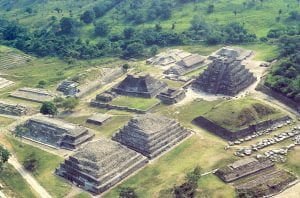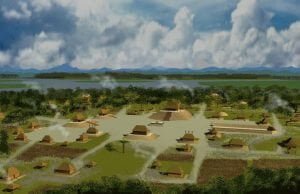Delaware Ceremony, 1762
“I was present in the year 1762, at the funeral of a woman of the highest rank and respectability, the wife of the valiant Delaware chief Shingask; . . . all the honours were paid to her at her interment that are usual on such occasions. . . . At the moment that she died, her death was announced through the village by women especially appointed for that purpose, who went through the streets crying, ‘She is no more! She is no more!’ The place on a sudden exhibited a scene of universal mourning; cries and lamentations were heard from … Read more





